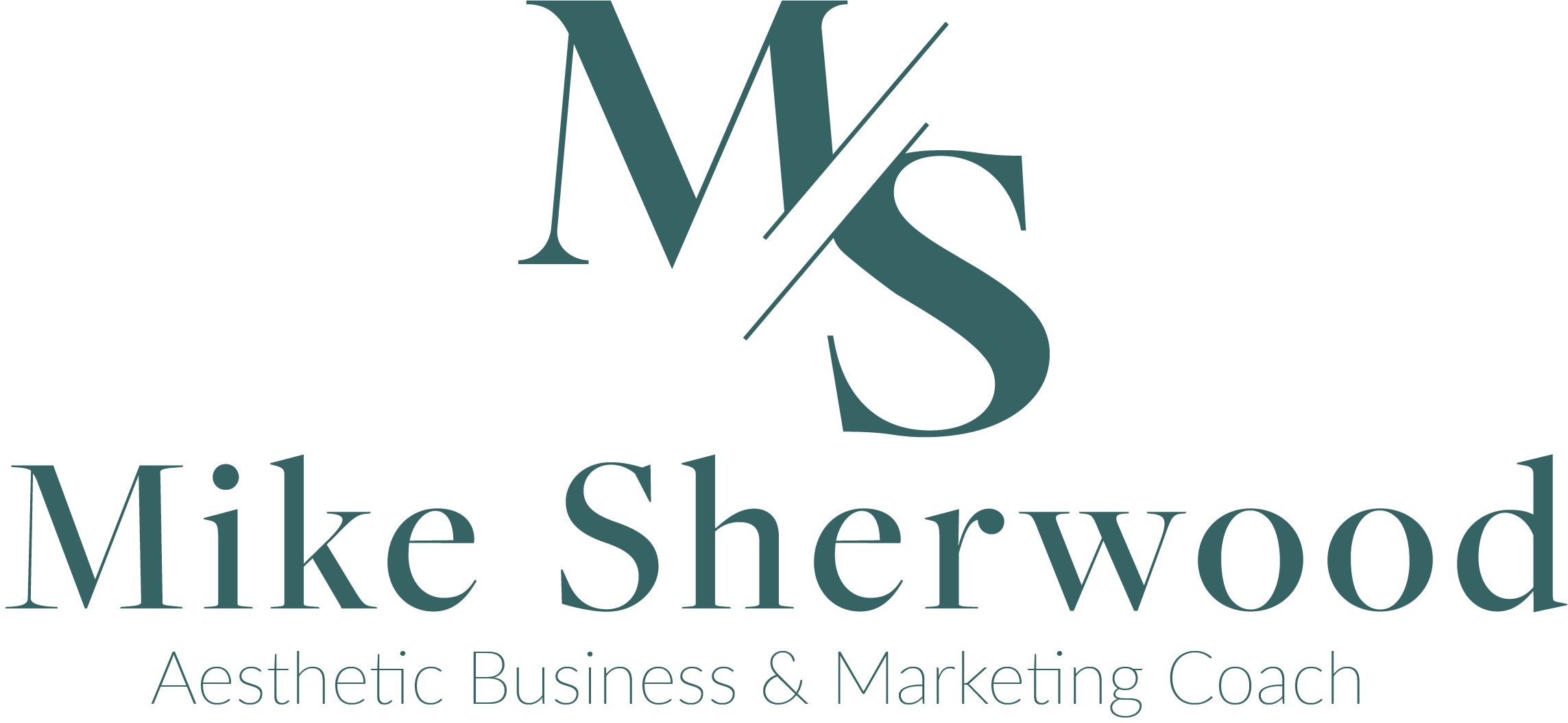Is Your Clinic Addicted to Pay Per Click Advertising?
Are You Relying Too Heavily on PPC Advertising?
Many aesthetic clinics rely heavily on Pay-Per-Click (PPC) advertising to generate new patient enquiries. Google Ads and Meta Ads can deliver fast results, and for busy clinic owners, PPC feels like a reliable way to keep appointments filled. However, there is a risk in relying too heavily on it. PPC is not a growth strategy in itself. It is a paid lever that works only while you fund it. Without balance, it can become costly, unpredictable, and unsustainable.
In this article, I’ll explore the benefits and limitations of PPC, why so many aesthetic practitioners become reliant on it, and how to build a marketing strategy that creates long-term patient growth without draining your budget.
Why Clinics Rely On PPC
PPC advertising allows you to pay to appear in front of people searching for treatments such as Botox, dermal fillers, or skin rejuvenation. It’s attractive because it produces results almost immediately. If you launch a campaign on Monday, you can expect to see new consultation bookings by Tuesday.
It also feels safe. You can track clicks, enquiries, and costs in real time. You can switch ads on and off as needed. For clinics that require patients quickly—perhaps after a quiet spell or during seasonal dips—PPC feels like the quickest fix.
The problem is that while PPC provides short-term wins, it does little to build long-term brand visibility, trust, or loyalty. As soon as you stop paying, the leads stop. That’s where dependency begins.
The Benefits Of PPC Advertising
It’s essential to recognise that PPC has a valid role in clinic marketing when used strategically. The main benefits are:
Speed of results: Unlike SEO, which can take months, PPC delivers immediate visibility and enquiries.
Precise targeting: You can focus on location, age, income level, and interests. This helps reach high-value aesthetics clients.
Measurable performance: You can see exactly what you’re spending and the return you’re getting.
Flexibility: Campaigns can be scaled up during peak times or paused when your diary is full.
For clinics launching a new service or trying to fill last-minute availability, PPC can be highly effective. The issue comes when it becomes the only strategy in play.
The Risks Of Over-Dependence On PPC
While PPC can be powerful, relying on it too much can create several problems for clinic owners.
First, it’s expensive. Aesthetic treatments are in a competitive market, which pushes ad costs higher. Over time, your cost per lead will rise, especially for competitive search terms like “Botox London” or “Profhilo Nottingham.”
Second, PPC has diminishing returns. If your competitors are spending aggressively, you may have to pay more for the same patient acquisition. What once worked at £50 per lead may suddenly cost £150 or more.
Third, it creates vulnerability. If your ad account is suspended, an algorithm changes, or your budget needs to be reduced, your enquiries could drop overnight. For clinics that rely solely on PPC, this can feel like the tap has been turned off.
Finally, PPC often delivers “colder” leads. Many of the people who click on ads are browsing or comparing, which means conversion rates can be lower than referrals or organic enquiries. Without a strong follow-up system, money can easily be wasted.
Spotting The Signs Of PPC Dependence
So, how do you know if your clinic is too reliant on PPC advertising? The warning signs are usually clear:
- Your leads stop the moment you pause or reduce your ads.
- Most of your marketing budget is spent on PPC rather than a balanced mix.
- You haven’t invested in SEO, social media, referrals, or brand-building.
- You feel anxious about turning ads off, even for a short break.
If this sounds familiar, it’s time to reframe PPC as part of your strategy, not the whole strategy.
Alternatives That Build Long-Term Patient Growth
The strongest clinics combine paid advertising with organic strategies that create sustainable visibility and loyalty. Here are three powerful alternatives to balance your PPC activity.
Search Engine Optimisation (SEO)
SEO is about improving your website and online presence so that patients find you naturally through Google searches. Unlike PPC, the visibility remains even when you’re not paying for clicks.
For aesthetic clinics, this means optimising for treatments and location, such as “Botox in Leeds” or “Profhilo Nottingham.” With the right approach, SEO can deliver steady, high-quality leads at a fraction of the cost of ads.
Referrals And Word-Of-Mouth
Nothing beats a patient telling their friend, “Go to this clinic, you’ll love it.” Referral marketing is powerful because it builds instant trust. Offering loyalty rewards, referral incentives, or simply creating an exceptional patient journey can generate long-term patients without ad spend.
Direct Response And Content Marketing
Email campaigns, SMS reminders, and social media offers can all prompt existing patients to book again. Content marketing, such as educational blogs or treatment guides, positions you as the expert and builds trust before a patient even steps through the door.
These channels may not deliver the instant hit of PPC, but they create consistent growth that compounds over time.
Why Lead Follow-Up Is Critical
One of the most overlooked parts of PPC marketing is what happens after the click. Clinics often celebrate new enquiries but fail to convert them because their follow-up is slow or inconsistent.
PPC leads are often colder than referrals or SEO leads. They may have enquired with three other clinics at the same time. That’s why speed and consistency matter. Responding within minutes can make the difference between winning and losing a booking.
Your follow-up process should include multiple touchpoints, such as phone calls, emails, and SMS reminders. It should also feel personal, addressing the patient’s specific needs rather than using a generic script. This way, even if your PPC spend is high, you maximise the return by converting more of the leads into loyal patients.
Creating A Balanced Marketing Strategy
The clinics that grow most sustainably utilise PPC as part of a broader system. They treat it as a lever to generate short-term results while building long-term strategies in the background.
This means auditing your marketing mix, reinvesting some PPC budget into SEO and referrals, and focusing on improving patient retention. It also means building systems and processes that ensure every lead, whether from ads, SEO, or referrals, is appropriately nurtured.
By balancing PPC with other channels, you reduce risk, lower costs over time, and create a clinic that grows on its own momentum rather than paid clicks alone.
Ready To Build A Sustainable Marketing Strategy?
If your clinic feels caught in a cycle of PPC spending without seeing sustainable results, it may be time to reassess. By diversifying your approach, focusing on long-term visibility, and strengthening your lead conversion, you can create a marketing strategy that supports real growth.
If you’d like expert support in building that strategy, explore my Coaching Services. Together, we can create a clear plan to reduce your dependence on PPC, attract more of the right patients, and build a profitable clinic that thrives in the long term.

